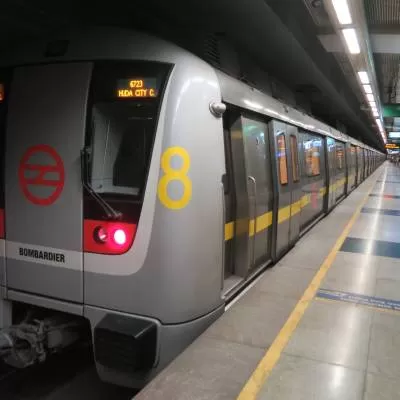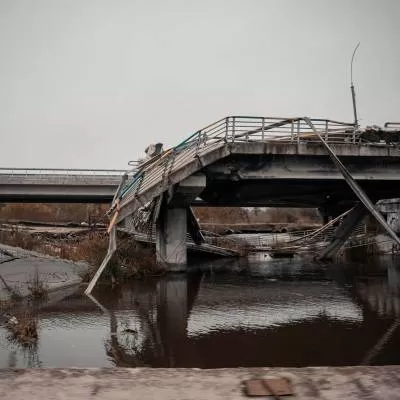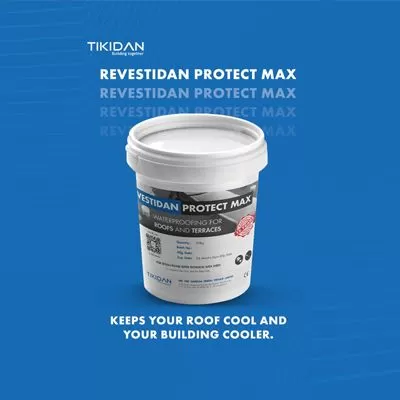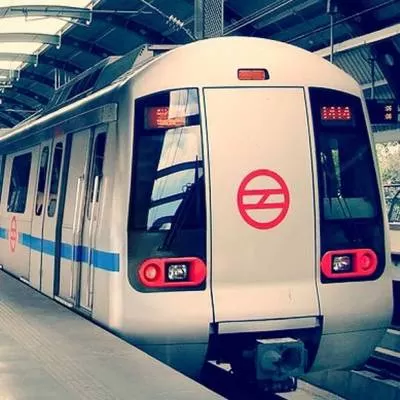Schedule a Call Back
Cabinet approves Swachh Bharat Mission (Grameen) Phase-II
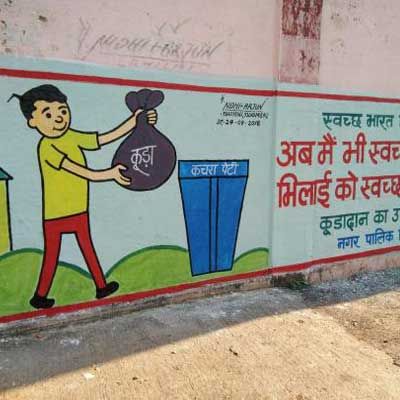 The Union Cabinet, chaired by Prime Minister Narendra Modi has approved Phase-II of the Swachh Bharat Mission (Grameen) (SBM (G)) till 2024-25, which will focus on Open Defecation Free Plus (ODF Plus), which includes ODF sustainability and Solid and Liquid Waste Management (SLWM). The programme will also work towards ensuring that no one is left behind and everyone uses a toilet, said a release by PIB.
The Union Cabinet, chaired by Prime Minister Narendra Modi has approved Phase-II of the Swachh Bharat Mission (Grameen) (SBM (G)) till 2024-25, which will focus on Open Defecation Free Plus (ODF Plus), which includes ODF sustainability and Solid and Liquid Waste Management (SLWM). The programme will also work towards ensuring that no one is left behind and everyone uses a toilet, said a release by PIB. SBM (G) Phase-II will be implemented from 2020-21 to 2024-25 in a mission mode with a total outlay of Rs 140,881 crore. This will be a novel model of convergence between different verticals of financing. Of this, Rs 52,497 crore will be allocated from the budget of D/o Drinking Water and Sanitation while the remaining amount will be dovetailed from the funds being released under 15th Finance Commission, MGNREGS and revenue generation models particularly for solid and liquid waste management.
Under the programme, provision for incentive of Rs 12,000 for construction of Individual Household Toilet (IHHL) to the newly emerging eligible households as per the existing norms will continue. Funding norms for SLWM have been rationalised and changed to per capita basis in place of number of households. Additionally, financial assistance to the Gram Panchayats (GPs) for construction of Community Managed Sanitary Complex (CMSC) at village level has been increased from Rs 2 lakh to Rs 3 lakh per CMSC.
The programme will be implemented by the States/UTs as per the operational guidelines which will be issued to the states shortly. The fund sharing pattern between Centre and states will be 90:10 for North-Eastern States and Himalayan States and the Union Territory of Jammu and Kashmir; 60:40 for other states; and 100:0 for other Union Territories, for all the components.
The SLWM component of ODF Plus will be monitored on the basis of output-outcome indicators for four key areas: Plastic waste management, bio-degradable solid waste management (including animal waste management), greywater management and fecal sludge management.
The SBM-G Phase-II will continue to generate employment and provide impetus to the rural economy through construction of household toilets and community toilets, as well as infrastructure for SLWM such as compost pits, soak pits, waste stabilisation ponds, material recovery facilities, etc, as per the PIB release.
The rural sanitation coverage in the country at the time of launch of SBM (G) on October 2, 2014, was reported as 38.7 per cent. More than 10 crore individual toilets have been constructed since the launch of the mission; as a result, rural areas in all the states have declared themselves ODF as on October 2, 2019. The Department of Drinking Water and Sanitation (DDWS) has, however, advised all the states to reconfirm that there are no rural households that still do not have access to a toilet, and provide the necessary support to any such identified households to build individual household toilets in order to ensure that no one is left behind under the programme.
The approval by the Cabinet to SBM Phase-II will help the rural India effectively handle the challenge of solid and liquid waste management and will help in substantial improvement in the health of the villagers in the country, said the release.


Subscribe Now
Subscribe to our Newsletter & Stay updated
RECENT POSTS
Popular Tags
Folliow us
Related Stories
NTPC Invites Bids for O&M of Floating and Ground Solar Plants
NTPC has invited bids for the comprehensive operations and maintenance (O&M) of a 92 MW floating solar project at NTPC Kayamkulam in Kerala f...
DMRC Achieves Tunnel Breakthrough on Golden Line Corridor
Part of the 23.6-km Golden Line, the tunnel breakthrough marks progress on one of the corridor’s 19.3 km of underground sections, which will co...
DMRC Trials Anti-Drag System to Boost Passenger Safety
To improve commuter safety, the Delhi Metro Rail Corporation (DMRC) has begun testing an anti-drag system designed to prevent incidents where pas...



